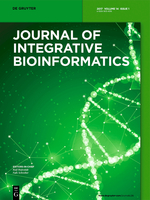
Welcome to JIB.tools!
The official bioinformatics tool list for the Journal of Integrative Bioinformatics (JIB).
All bioinformatics tools published in JIB are automatically added to JIB.tools with first authors having the ability to edit their entries and directly import the tools information to bio.tools.